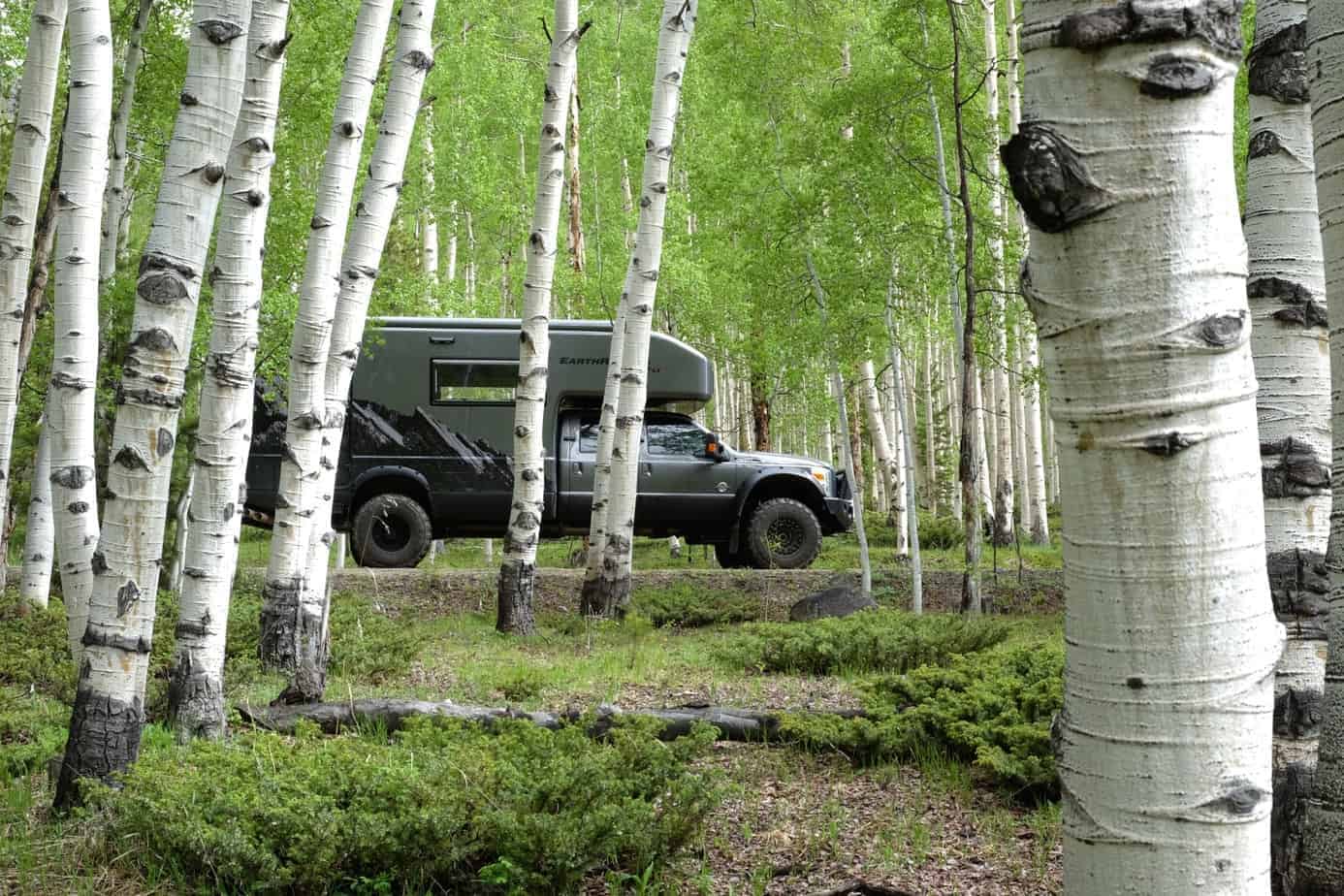Every year our forum section explodes with thousands of posts dedicated to trip planning. If you live in a part of the country where the western half is within striking distance, your options for adventure are genuinely without limit. Sandwiched between the Pacific Ocean and the eastern edge of the Rocky Mountains sits a dozen states (if you count Baja) with millions of square miles of open terrain ripe for exploring. Many people lament the loss of public space, but the reassuring takeaway here is, we have more open land than anyone could traverse in a dozen lifetimes. That begs the question: where to start?
Southern Utah

Overlanders lucky enough to have visited much of the world will often use Southern Utah as the benchmark for raw, rugged, unspoiled natural beauty. Home to a patchwork of public lands including sections of BLM districts, national forests, monuments, and national parks, just the southern quarter of the state is a sprawl worthy of a lifetime of exploration.
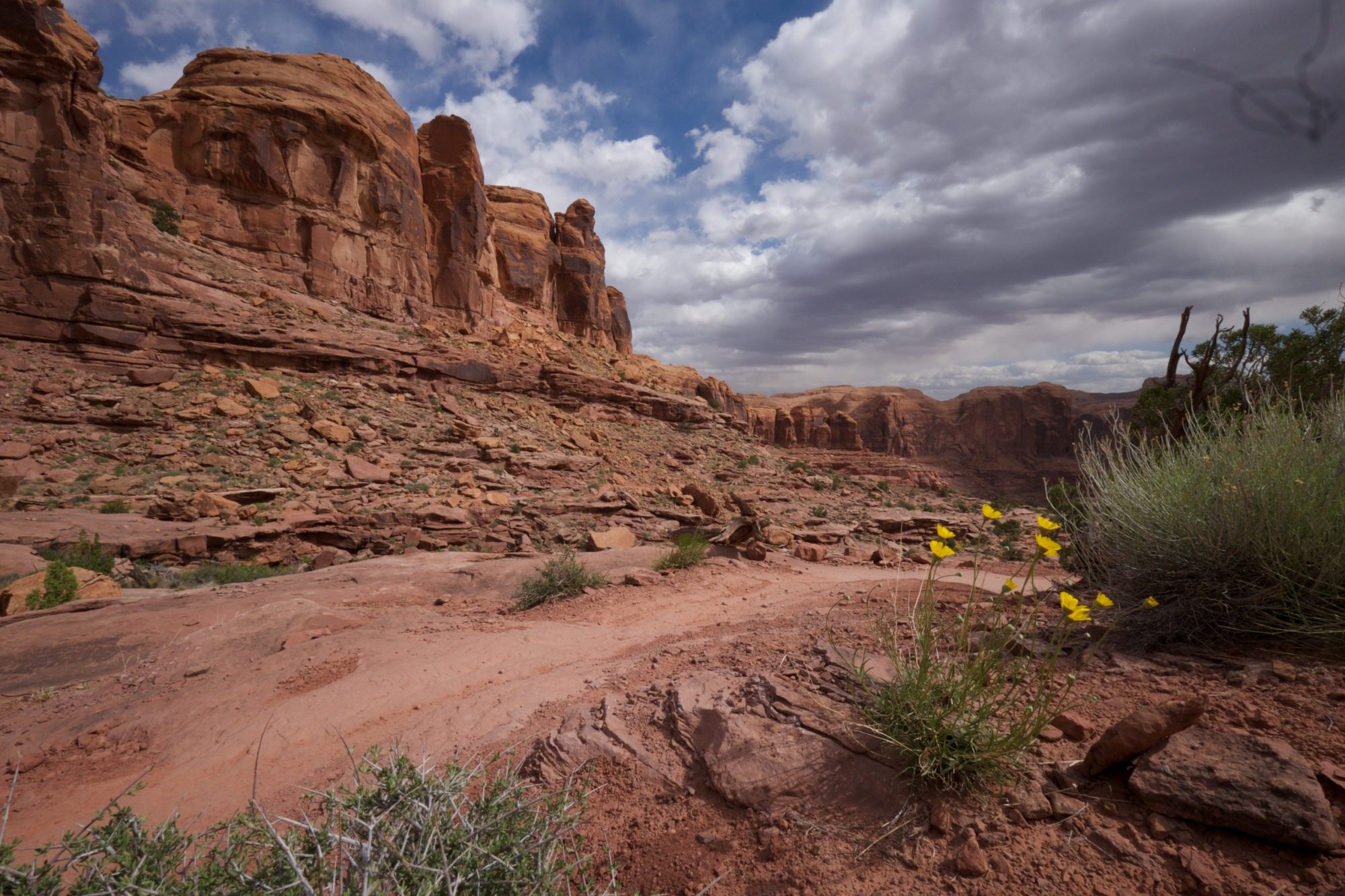
The common jumping off point for many first timers to Utah is Moab, and for good reason. The adventure Mecca for enthusiasts of all disciplines, it provides unlimited opportunity to visit deep canyons, towering bluffs, and arches like those depicted on the state’s license plate. Plan your time there wisely as summer can be deadly hot and fall months swarmed with crowds. For a less hectic getaway there are other beautiful locations to visit.
Within the state of Utah, there are 42 individual parks managed by the state, with dozens of those in the southern half of the region. Goblin Valley is something to be seen as is the famous Kodachrome Valley. Both are flanked by several National Parks.
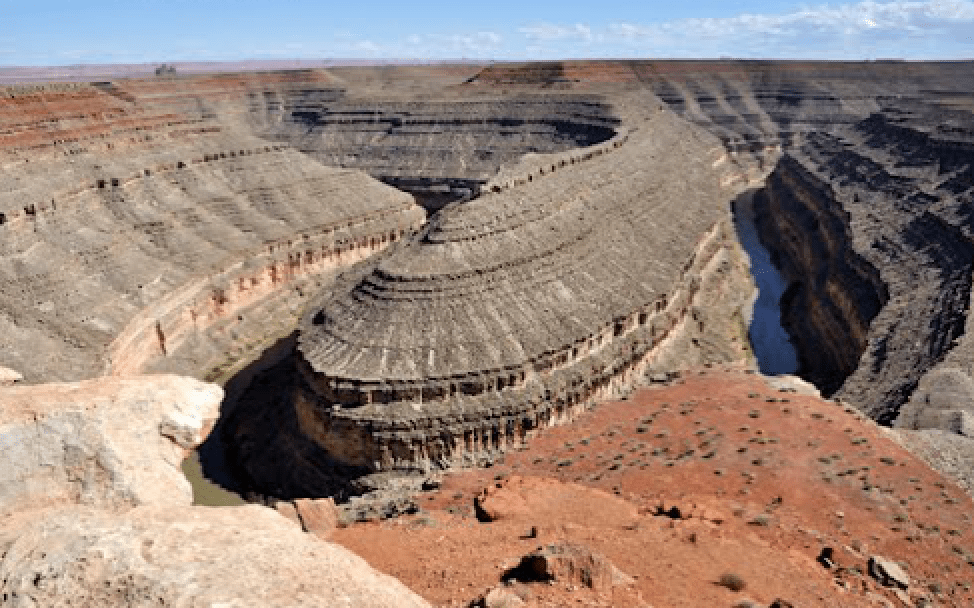
Situated just north of Monument Valley, and in full view of its famous spires, winds the lazy San Juan River as it snakes its way to Lake Powell. Using the small hamlets of Bluff and Mexican Hat as last gas-ups, you can visit the famous Gooseneck formations along the river, or drive into the apt-named Valley of the Gods, all in a short afternoon.
For those looking for a heady 4×4 challenge, try your luck on the Hole in the Rock Trail. Read the full write-up from our own dynamic duo of Sarah and Chris Ramm [HERE]. If you want to get some red dirt on your boots, take a hike into Grand Gulch, or within the many national parks like Arches, Bryce, or Zion. It’s pretty tough to go wrong with Southern Utah. If you can’t find adventure there, you should probably stay home.
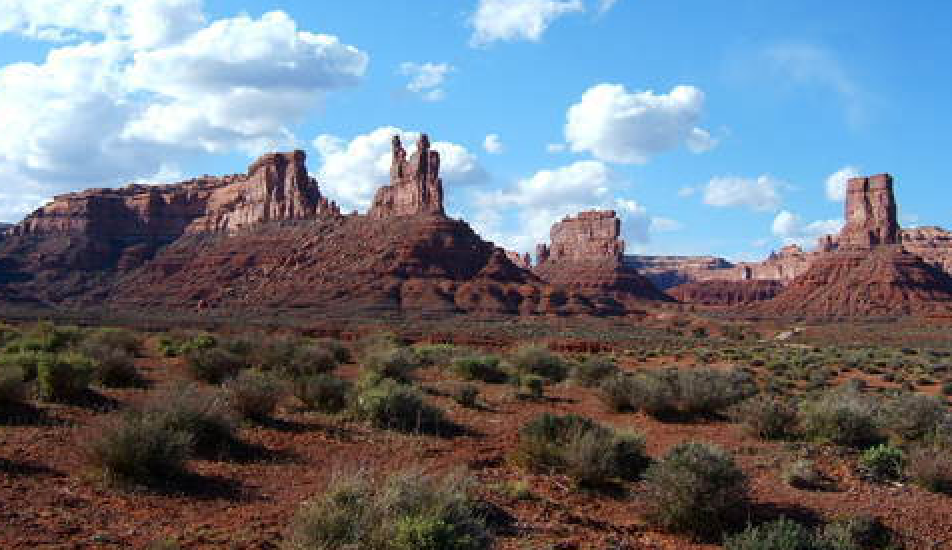
Baja
It’s considered the Mexican Frontier for good reason. As developed and refined as the resort towns are at the very southern tip of the 800-mile-long peninsula, the rest of it is wild, rugged, and staggeringly beautiful, primarily due to the stark contrasts between desert and sea. Although the northern part is getting paved rapidly, Baja is still a bastion of rough roads, some perhaps more untamed than expected.
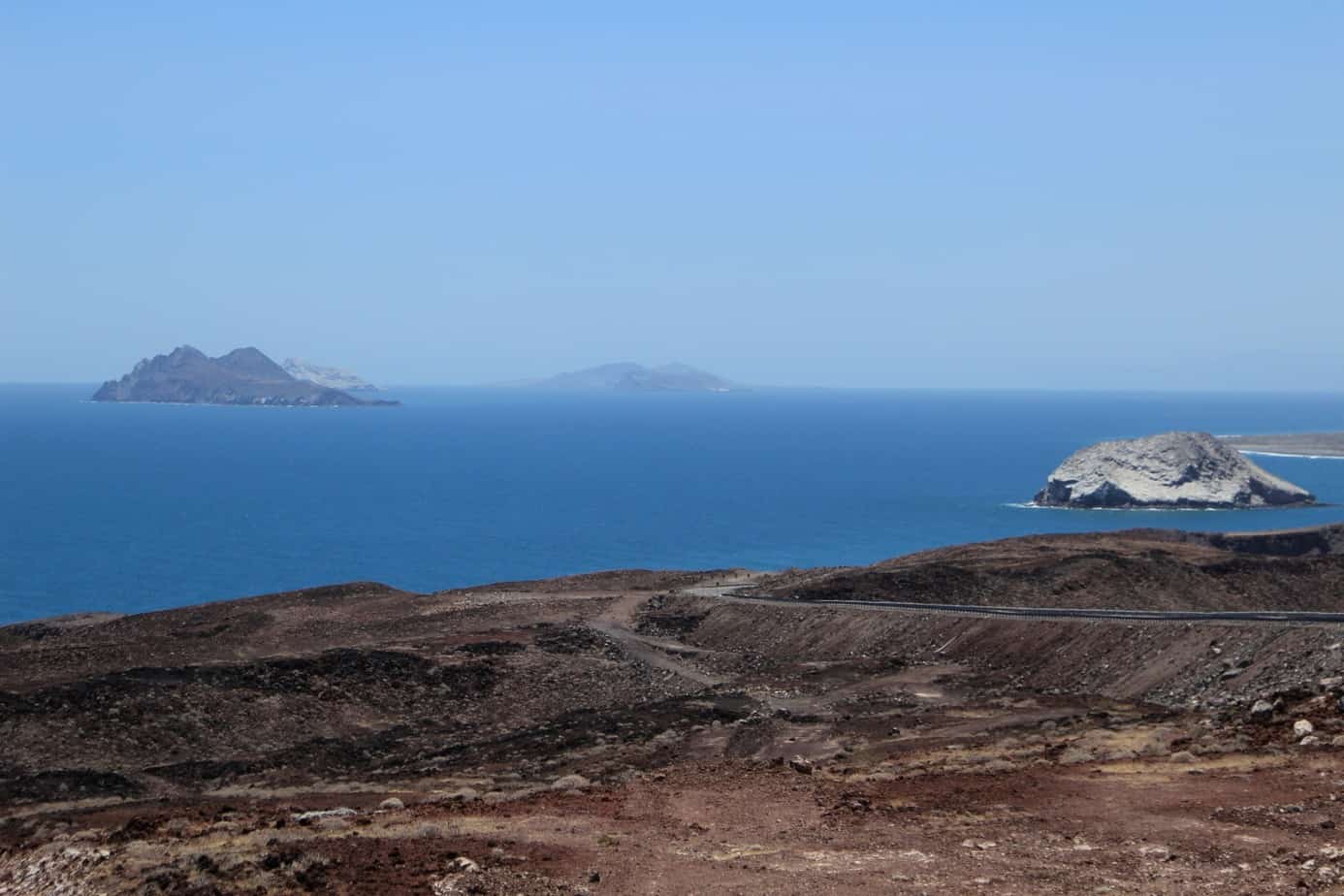
There are two types of Baja visitors: those who make the journey south, have a splendid experience, and go on to travel other parts of Mexico. Then there are the Baja-istos, the people for whom the peninsula holds special allure. These people can’t get enough and return countless times before taking the plunge to buy a plot of land and build their own brick abode—some simple dwellings, others palatial in scale. Simply put, you may go but never leave if Baja strikes your fancy.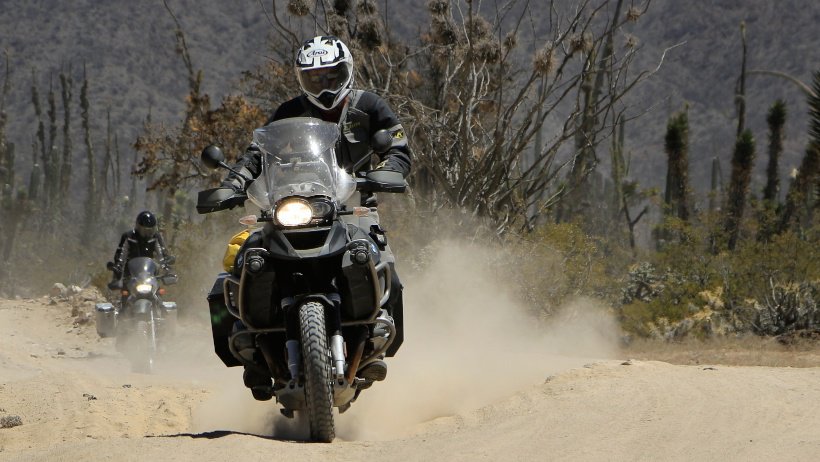
The famous attractions in Baja are the many beaches and craggy inlets filled with azure blue water. It’s a place where you’re just as likely to see a rattlesnake as you are a whale shark. Vultures sun themselves on towering cactus and deer trot in and out of arroyos and thick patches of brush. Baja is very much a wild and untamed landscape unparalleled in the world. If wildlife and landscapes aren’t your bag, try the tacos. They’re worth the trip alone.
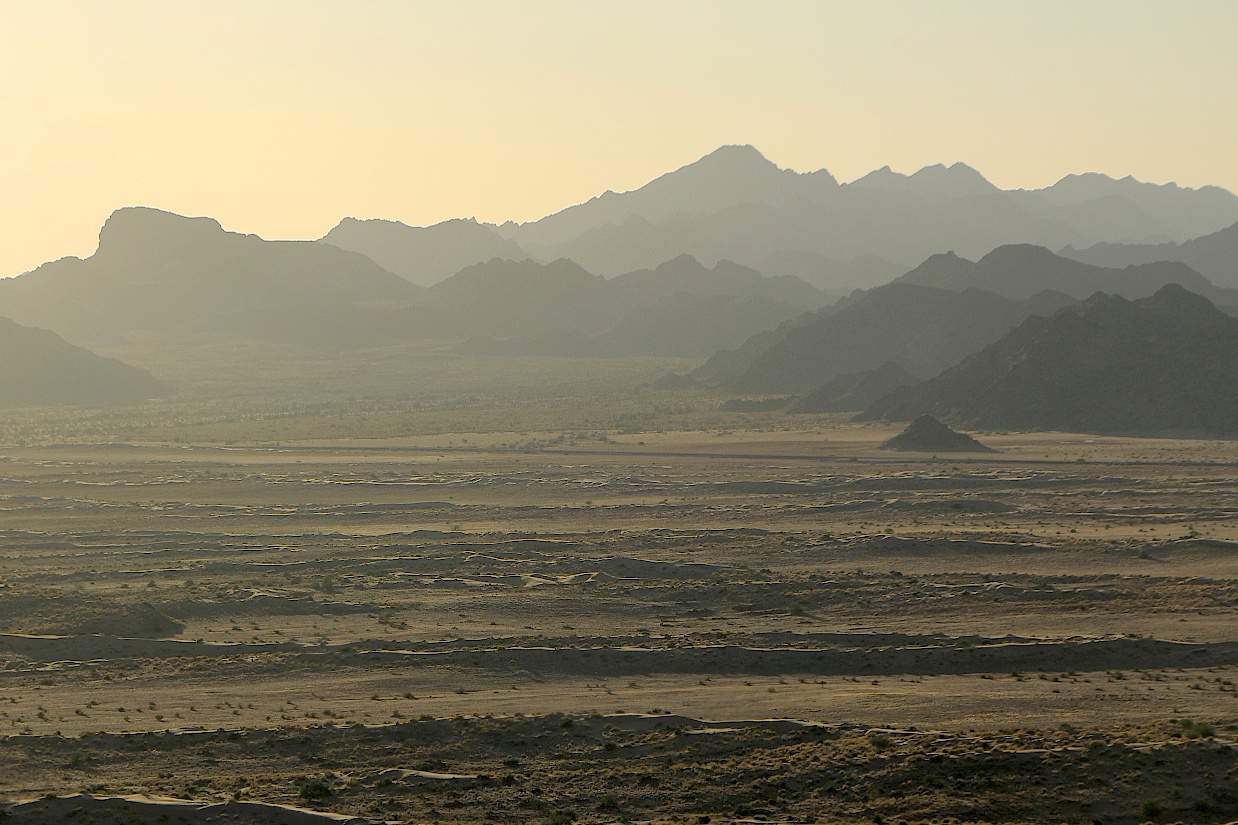
Wyoming
Home to our nation’s first national park, Wyoming is a state of surprising diversity and indescribable beauty. A place of peculiar natural oddities like Devils Tower, the geothermal wonders of Yellowstone, the craggy peaks of the Tetons, and the massive mountain lakes in their shadow, Wyoming is special.
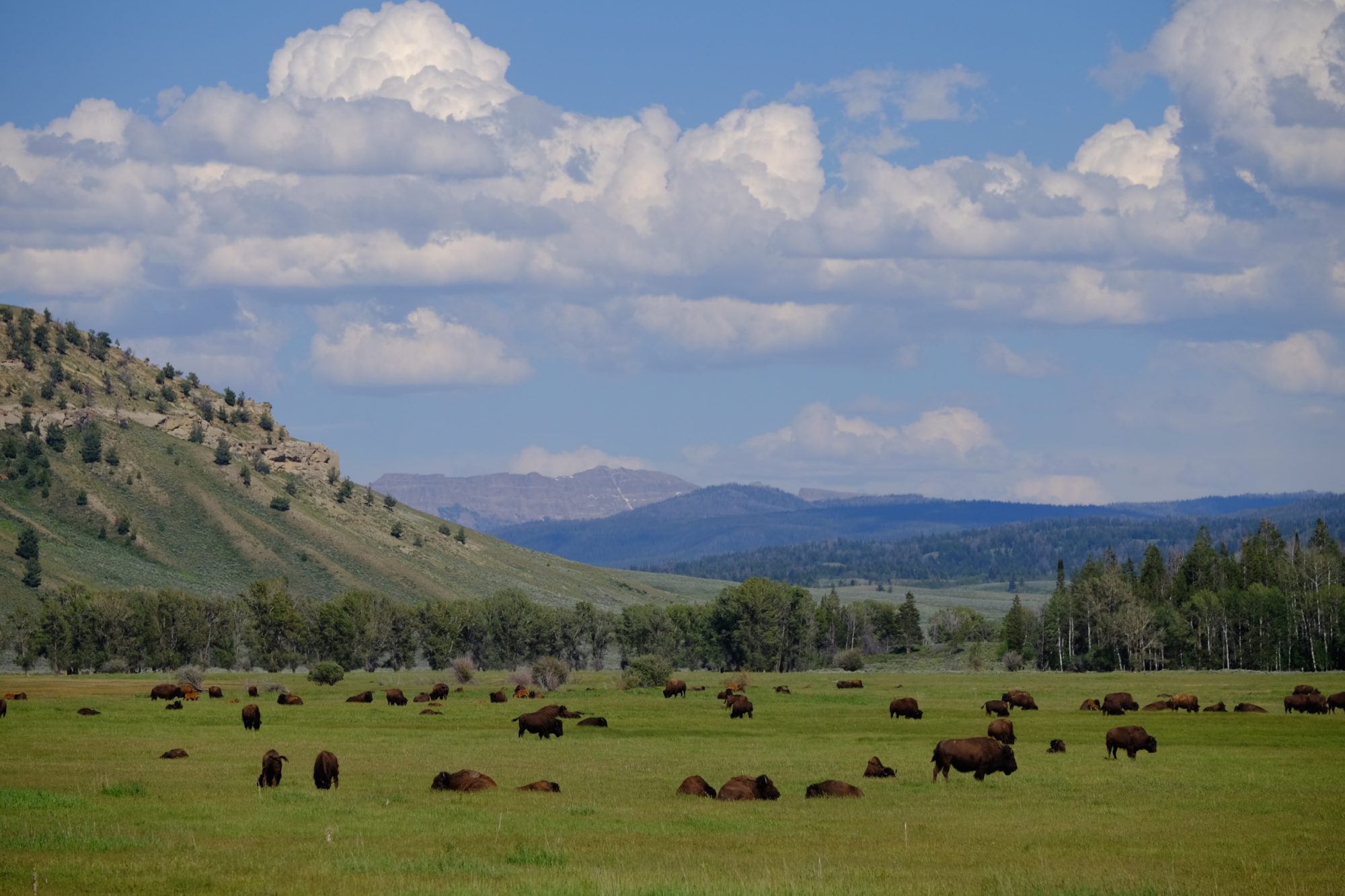
As the hordes of annual tourists make their pilgrimage to Yellowstone, the savvy traveler heads to the lesser-known destinations like Flaming Gorge and the Wind River or Snowy mountain ranges. If you’ve never been to the Wind River Range and driven into the deep valleys of the Green River below the impossibly steep escarpments of Squaretop Mountain, it’s something you must do. After a day of hiking (don’t forget to get out of your truck now and then) take a soak at the almost century-old hot springs at Granite Creek, just east of Jackson Hole.
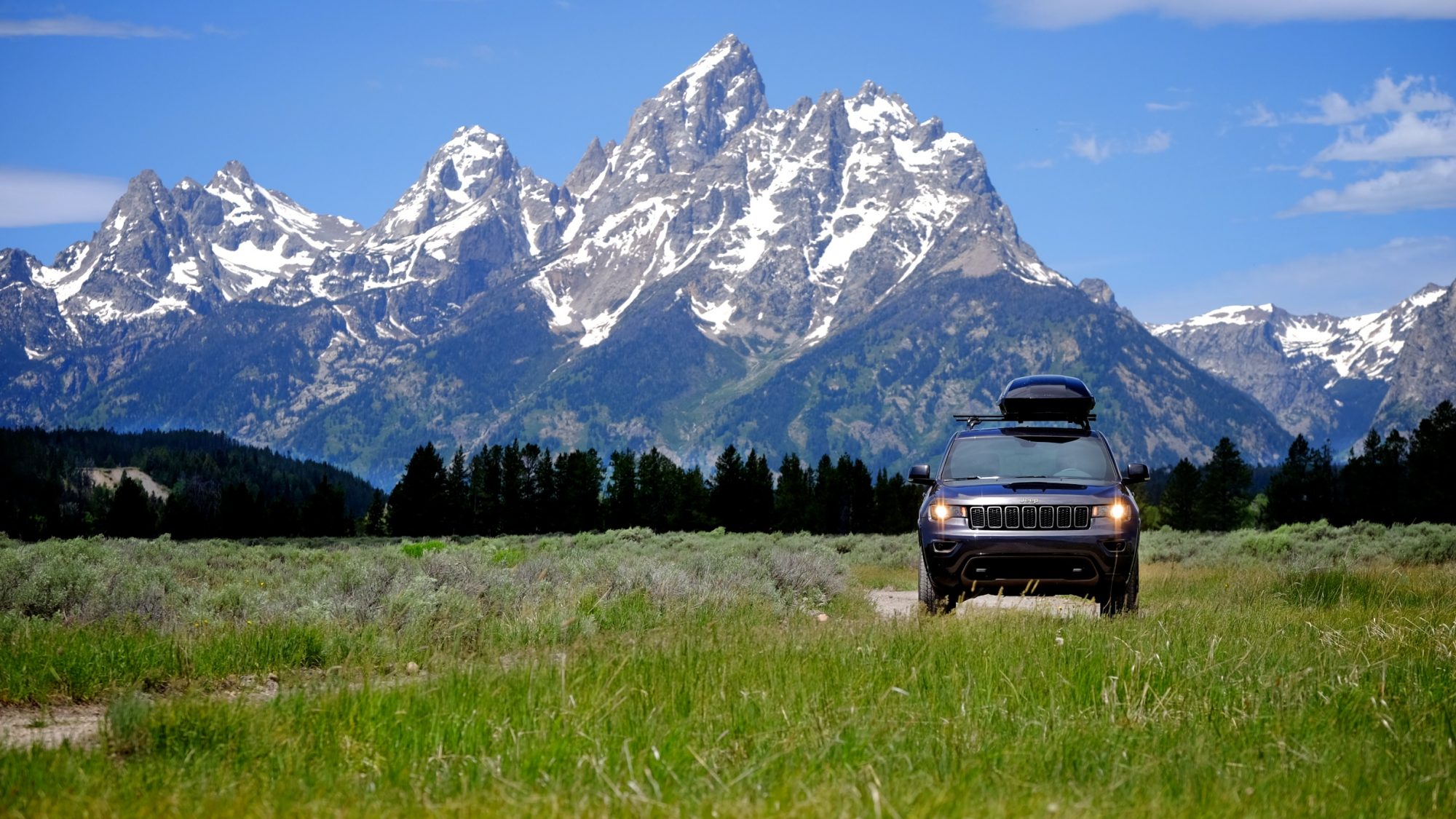
Another less visited area is the Wyoming Range on the western border, the interior of which is best accessed with a drive over McDougal Pass. If you fancy yourself a fisherman, this area offers endless opportunities to stand below big peaks in cold water as you wet your line in hopes of catching a wild trout. The Greys River Road traverses nearly 50 miles of the Greys River Valley making for one of the best drives in the state. It’s a far better way to spend a day than the traffic-jammed drive through Yellowstone. The more off the beaten path you get in Wyoming, the greater the payoff.
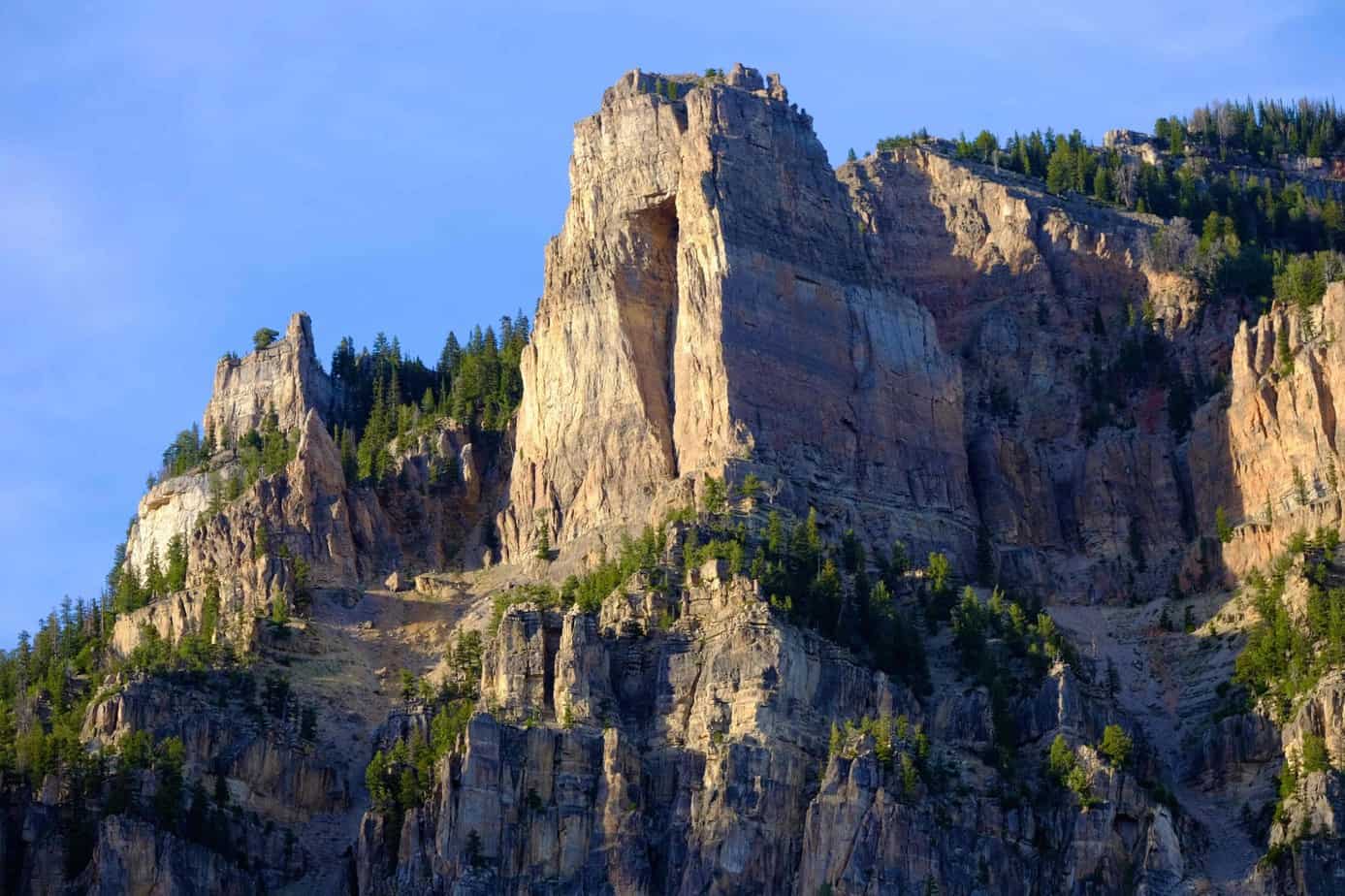
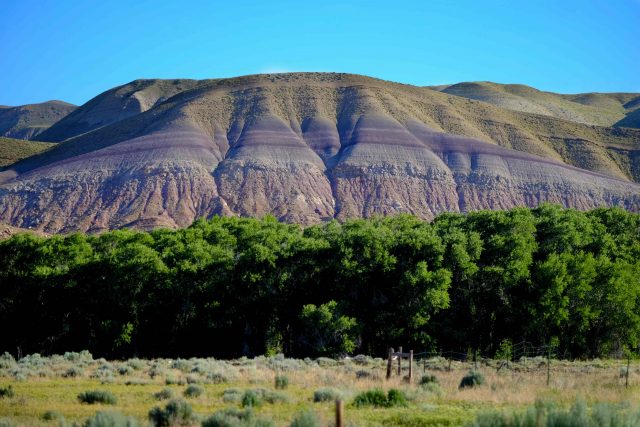
Southern Colorado

As a former resident of Durango, I have been traveling the high roads and trails of Southern Colorado for most of my 45 years. Many overlanders new to the area are drawn, as if by irresistible pull, to the iconic roads around Silverton, Ouray, and Telluride. I get it, they are amazing places, but they mostly serve as fly-traps catching out of state adventurers and keeping them away from more secluded haunts.
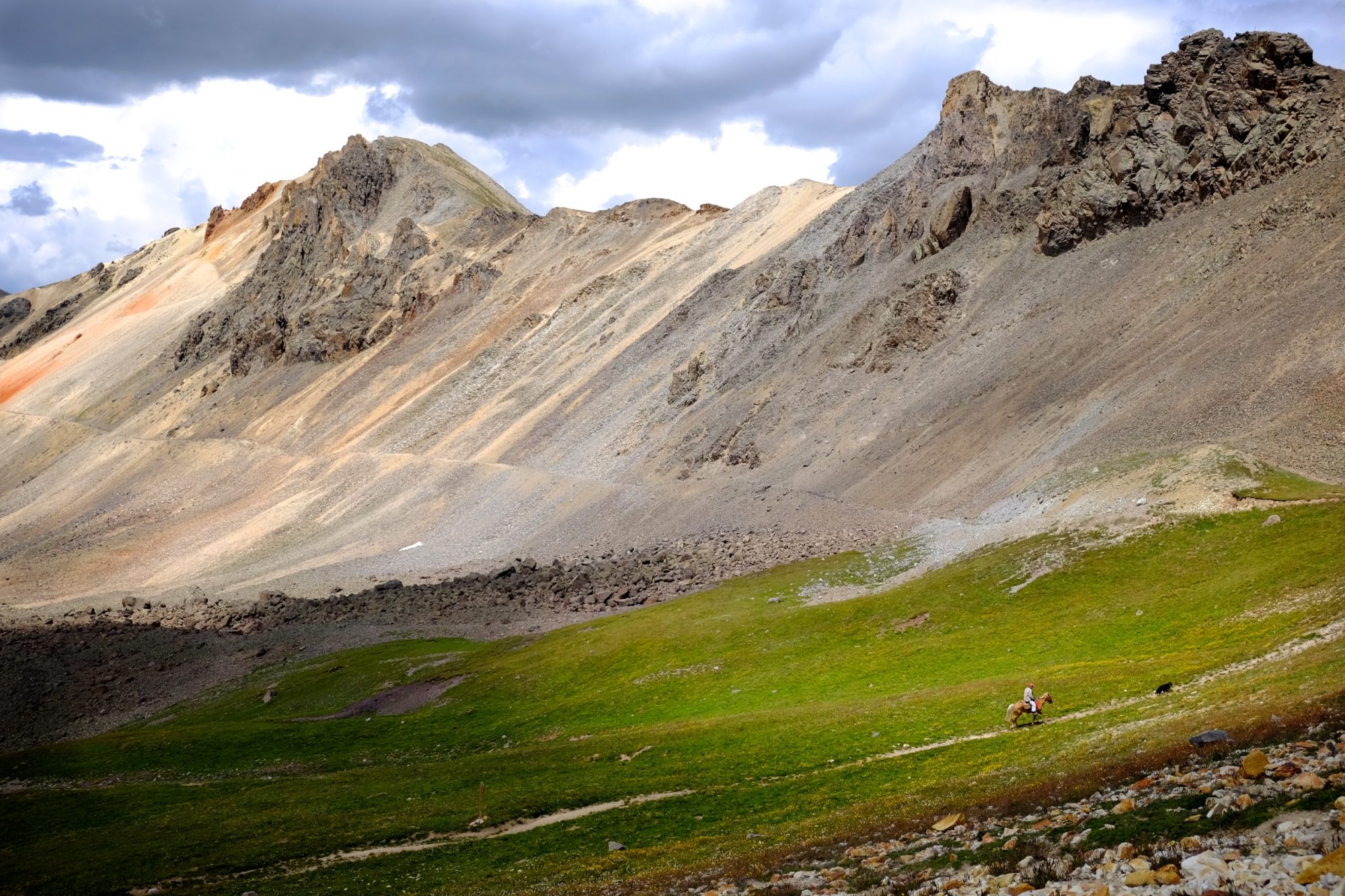
If you want to know where those hidden treasures are, you’ll have to slip me some cash, and even then I’d likely send you down a different road to keep the secret alive. That said, I would always recommend a drive over Kebler Pass which originates not far from the small hamlet of Marble, Colorado. Home to Slow Groove’n BBQ, the best eats in the state, Kebler Pass is a popular back route to the town of Crested Butte. Along the way it cuts through massive stands of aspen trees making it a perfect autumn season escape.
Traveler’s Tip: One of the most common and egregious offenses committed by the Southern Colorado traveler is never getting out of their truck. If that’s you, shame on you. Although you can see a lot from a windshield, you’ll be cheating yourself if you don’t take time to get off your hams and go explore the forests. Take a hike. Bring your mountain bike. Grab a fishing pole. Go photograph the wildflowers in the evening sun. If all you do is drive, drive, and drive, you’ve missed what Colorado really has to offer.
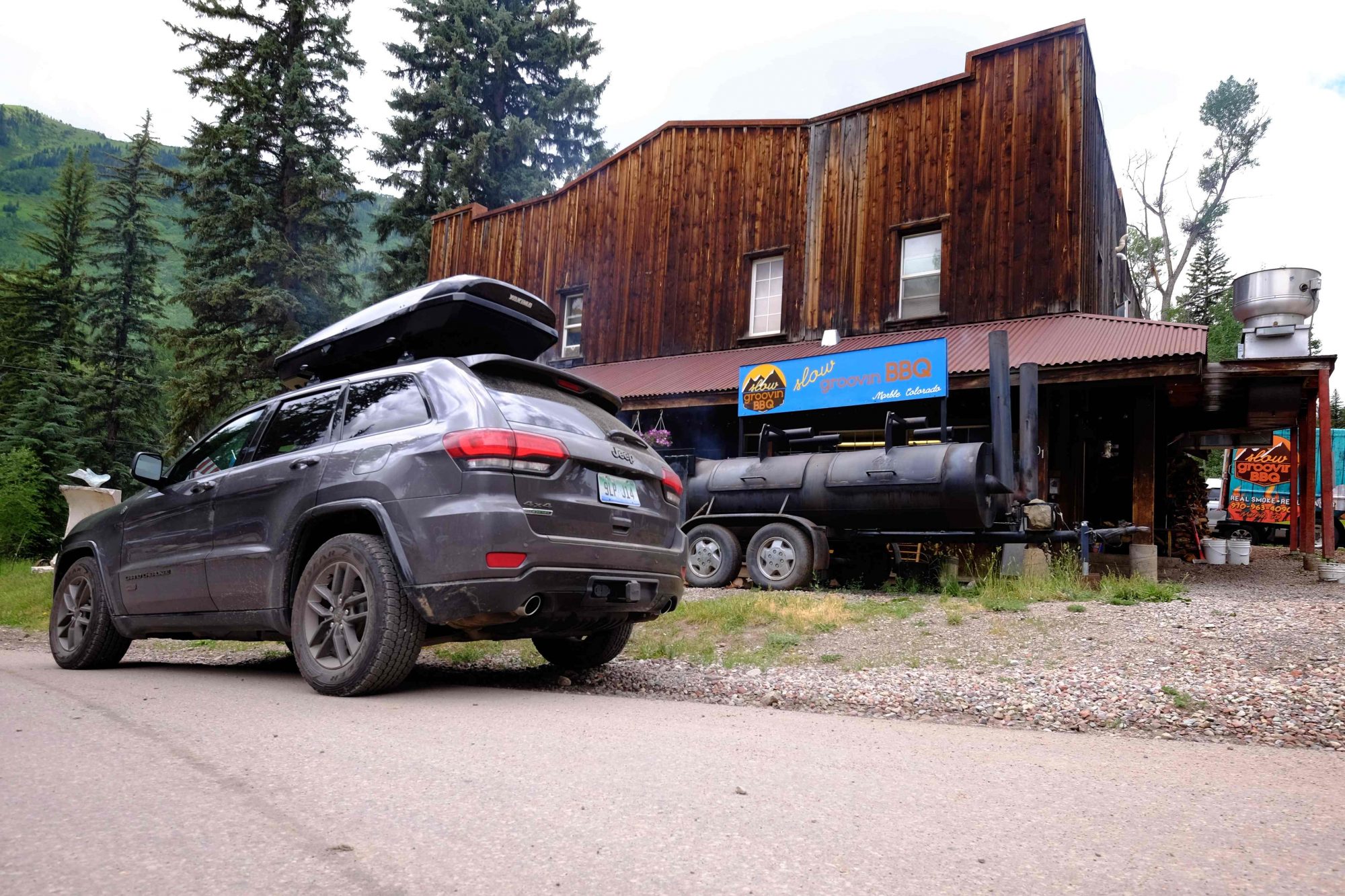
Arizona
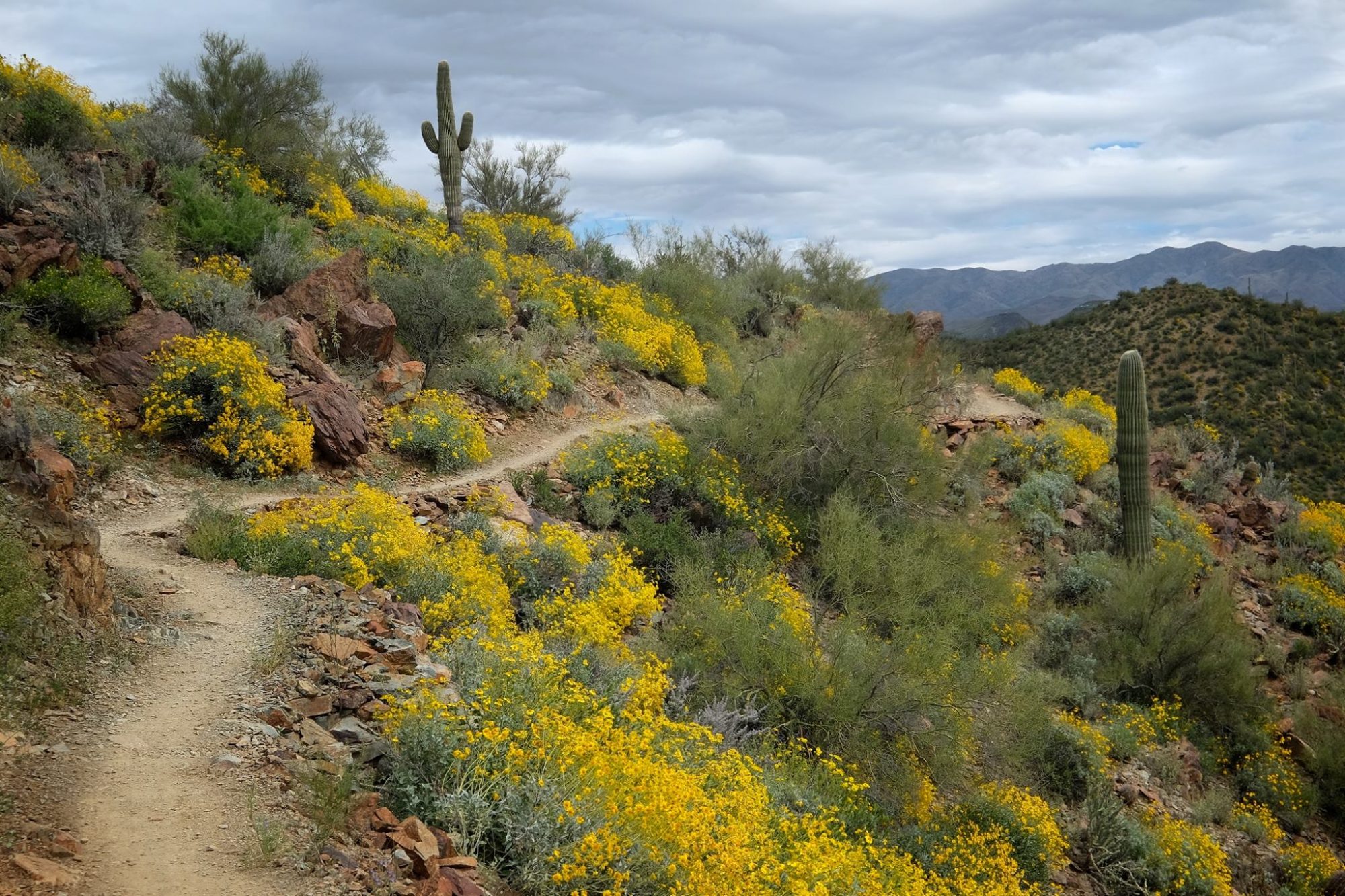
I’ve been a resident of Arizona for over 20 years and I’m continually amazed by the diversity of sites within its borders. Earlier this year my wife and I set up a challenge to see how many things we could see within a 300 mile radius of our home in Prescott. Why 300 miles? That’s one tank of gas for most vehicles. Within that circle is Sedona, Jerome, Sunset Crater National Monument, Walnut Creek National Monument, the Grand Canyon, Meteor Crater, Monument Valley, Bisbee, Tombstone, and more little hidden gems than I could list with a day’s time to do it.
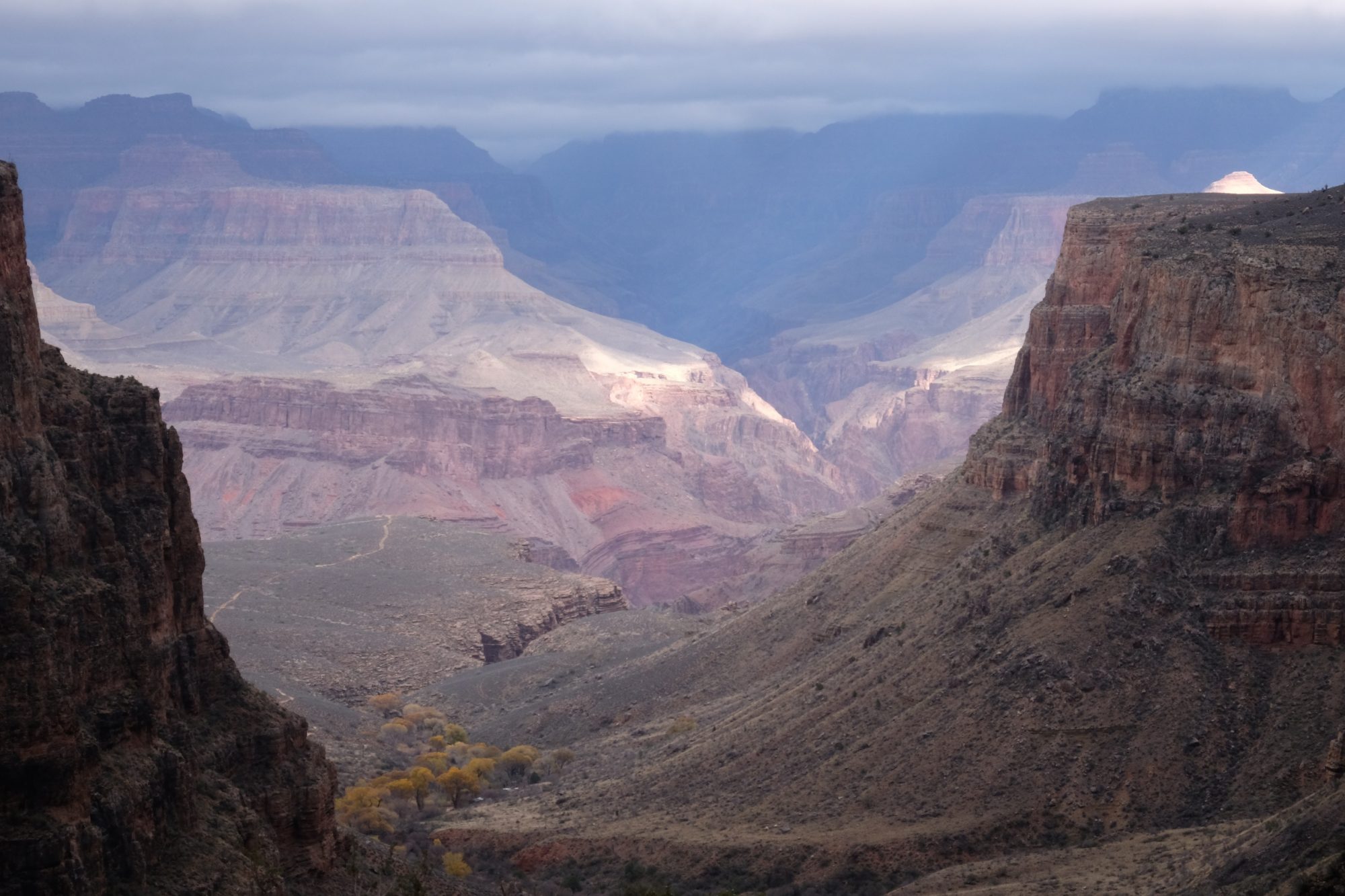
For anyone inclined to mix a little siteseeing with their overlanding and camping, there exists endless potential. Whether that’s listening to live music at the saloon in Crown King or eating Navajo fry bread in Kayenta. There’s a lot to do here. The cultural diversity is also amazing. The state is full of ancient ruins and carvings as well as old ghost towns, cowboy hideouts, and even a Spanish Mission [Mission San Xavier] dating to the late 1600s. It rivals anything in Spain.
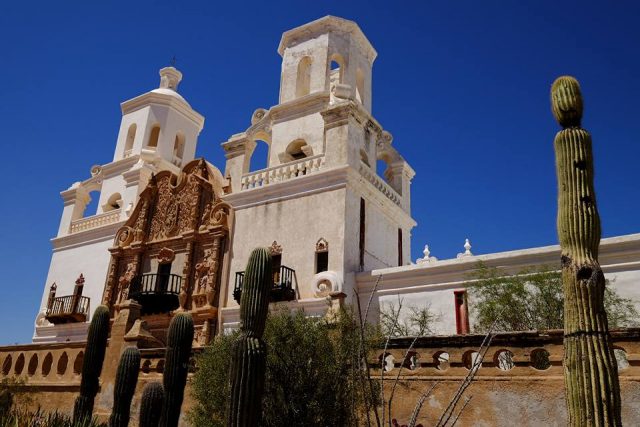
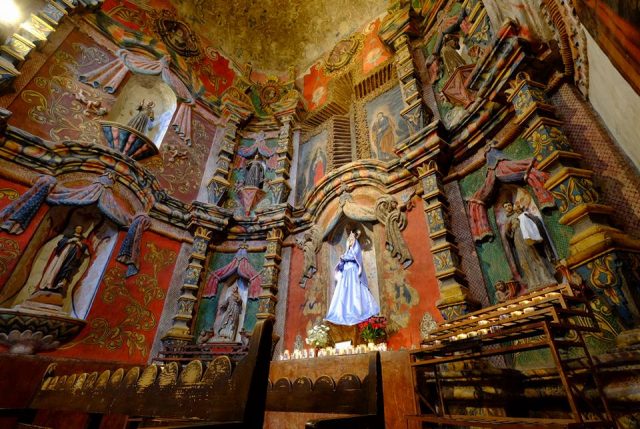
The amazing thing about the state is the ability to pick a climate and within a few hours you can drive to it. You can have breakfast under a towering saguaro cactus, lunch under a ponderosa pine tree, and camp amidst a grove of aspens all in the same day. (Image below: Walnut Creek Nat. Monument)

Walnut Canyon National Monument
Until the 1960s, the majority of the roads in Arizona were unpaved. Thousands of miles of gravel roads and forest tracks still crisscross the state, providing endless opportunity to get as lost as you care to be. When I moved here 20 years ago from the Burgundy wine regions of France, I never would have thought I’d still be here. Even more remarkable, I am still discovering new sites.
Go West!
You can’t go wrong in the West, and the list above only covers a tiny slice of what sits left of the Rockies. I’ve spent a lifetime plying the many roads and trails within the states listed above, and have yet to even scratch the surface. Any one of these places alone could satisfy decades of exploration. So, what are you waiting for? – CN


